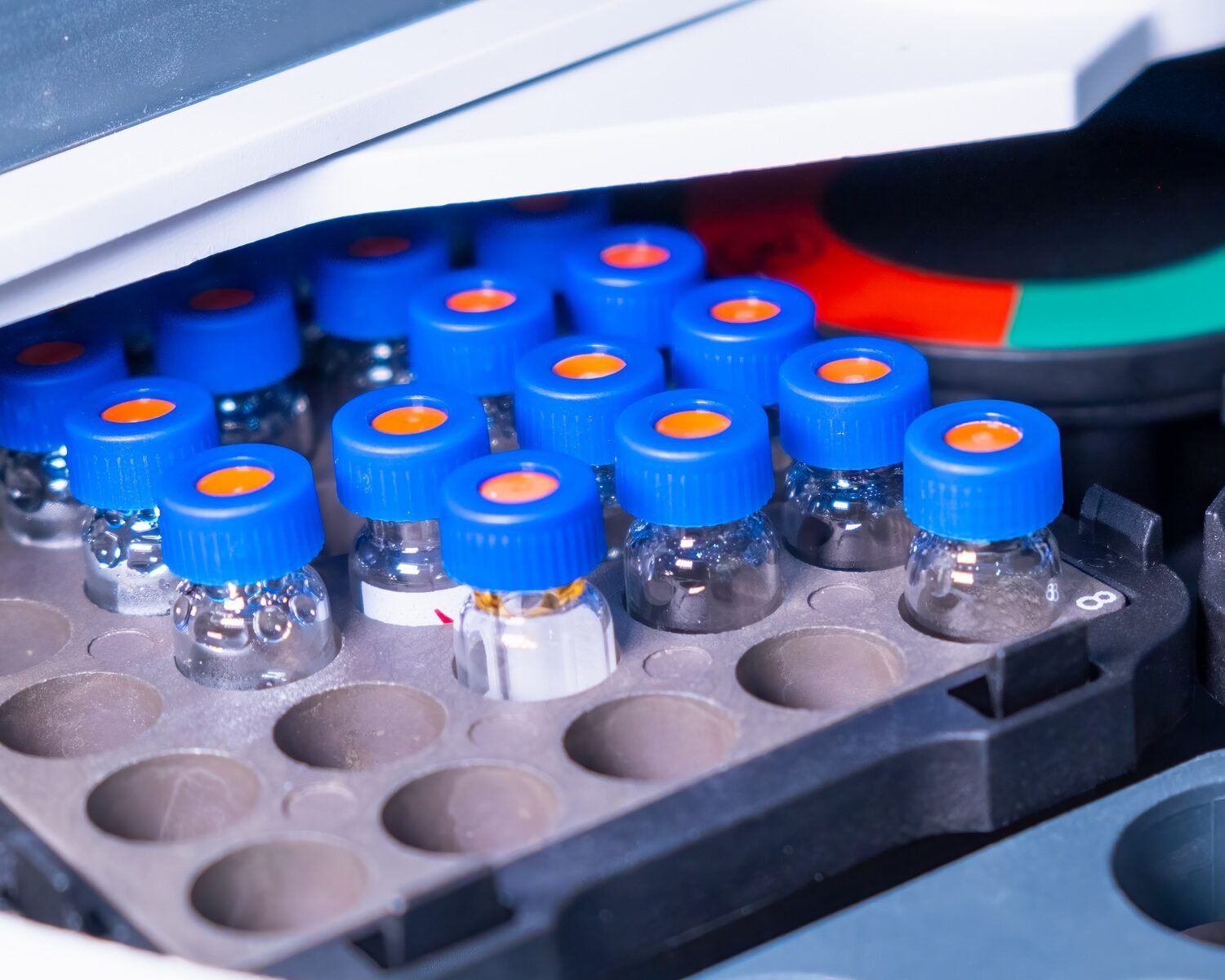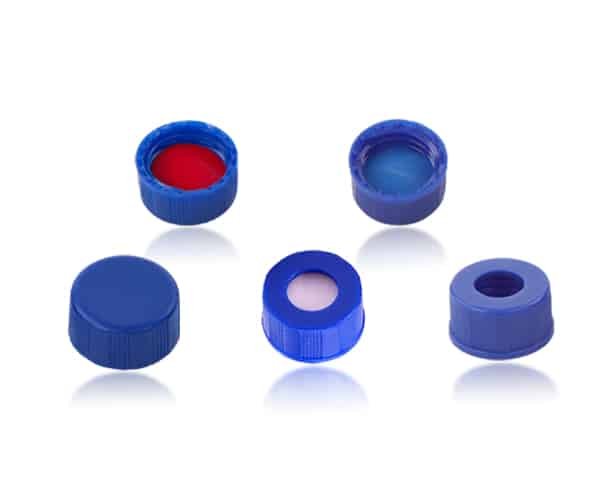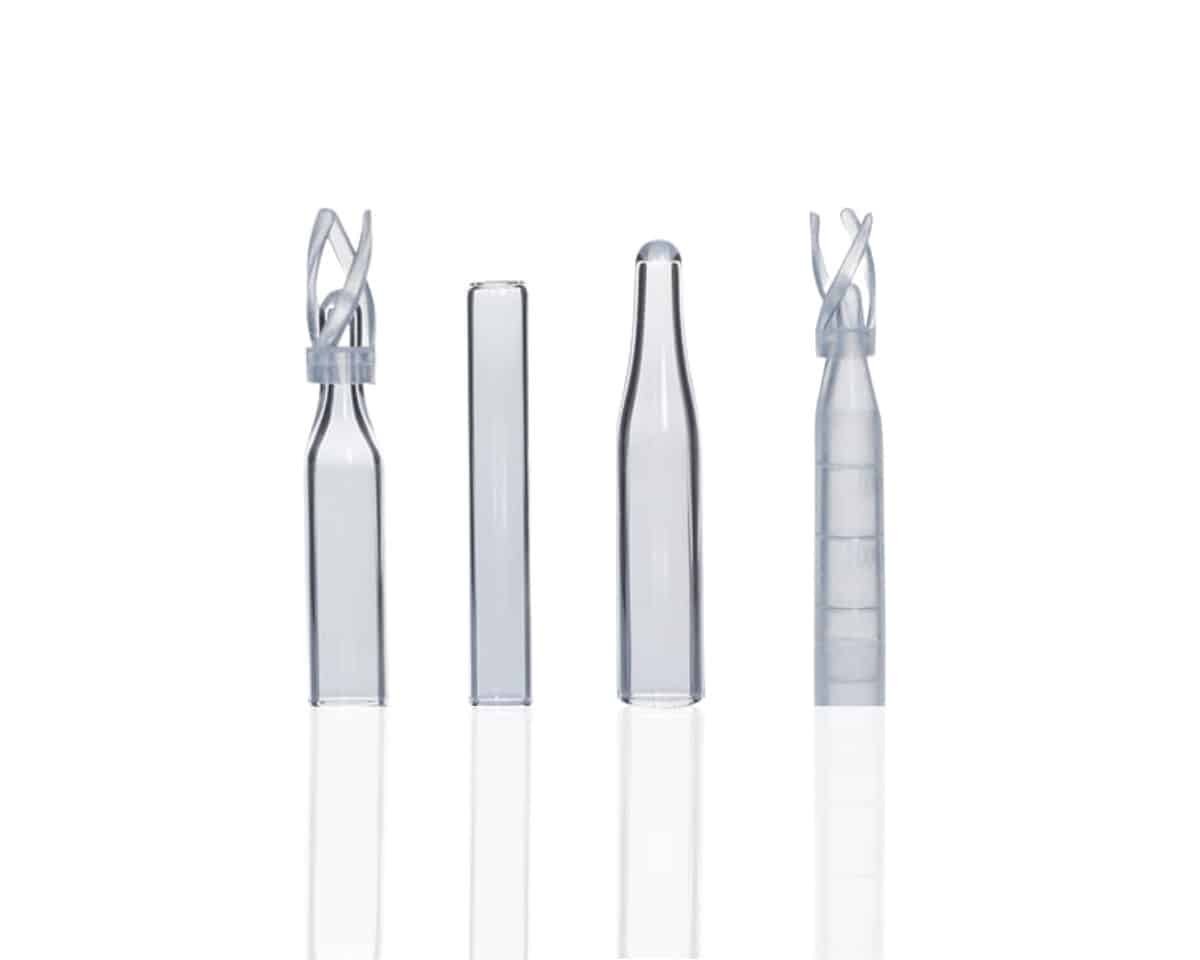Introduction
HPLC vial failures are unfortunately common but can be highly detrimental to the reliability and accuracy of your chromatography results. Whether you’re dealing with cracks, leaks, or contamination, the consequences of faulty vials can range from sample loss to instrumental damage. Recognizing the signs of vial failure early and knowing how to address them can save your lab time, money, and effort.
In this article, we’ll walk through how to spot vial issues, troubleshoot common problems, and implement preventative measures to ensure that your HPLC vials remain functional and reliable throughout your analytical processes.
Signs of Vial Failures: Cracks, Leaks, and Contamination
Vial failure often occurs unexpectedly, but with a trained eye, you can spot issues before they compromise your results. Here are the key signs that your HPLC vials might be failing:
- Visible Cracks or Chips
Cracks and chips on your vial are often the first indicators of damage. These can lead to leakage, loss of sample, or contamination from external sources. Even small, hairline cracks can cause significant problems, especially when working with volatile or sensitive compounds. - Leaks
Leaky vials are another common issue, usually due to poorly fitted caps or worn-out seals. Leaks can also result from poor-quality vials or improper handling. You might notice a loss of sample volume, contamination from external sources, or reduced system pressure due to the escaping sample. - Contamination
If you observe cross-contamination from previous samples or contamination from environmental factors, the vial could be compromised. Contamination often happens when vials are not properly cleaned, or seals are not intact, allowing foreign particles or residue to enter the vial.
Have you ever experienced any of these issues in your lab? What signs do you usually look for when inspecting your vials?
Common Causes of Vial Failures
Vial failures typically stem from several root causes, ranging from manufacturing defects to handling errors. Here’s a look at the most common reasons behind vial failures:
- Manufacturing Defects
Not all vials are created equal. Defects from poor manufacturing processes, such as imperfections in the glass or faulty seals, can lead to premature vial failure. Poorly calibrated production lines or substandard materials often result in vials that are prone to breakage or leakage. - Improper Handling
Mishandling during transportation, storage, or during the actual analysis can result in cracked or chipped vials. Dropping, improper capping, or storing vials in high-stress environments (extreme temperatures or pressure) increases the likelihood of damage. Even the simple act of tightening caps too much or too little can cause damage to both the vial and the seal. - Chemical Incompatibility
HPLC vials are designed for certain chemical environments, and exposure to harsh solvents or corrosive chemicals may degrade the vial material. For instance, plastic vials might degrade when exposed to strong acids or bases, while glass vials might react to highly alkaline solutions or solvents. This chemical degradation weakens the structure of the vial and makes it prone to cracking or leaking. - Age and Repeated Use
Over time, even the most durable vials wear down, especially with repeated use. Repeated heating, exposure to light, or regular sample injections can cause material fatigue, affecting the vial’s performance.
What do you think is the most common reason for vial failure in your lab? Is it more about poor handling, material choice, or something else?
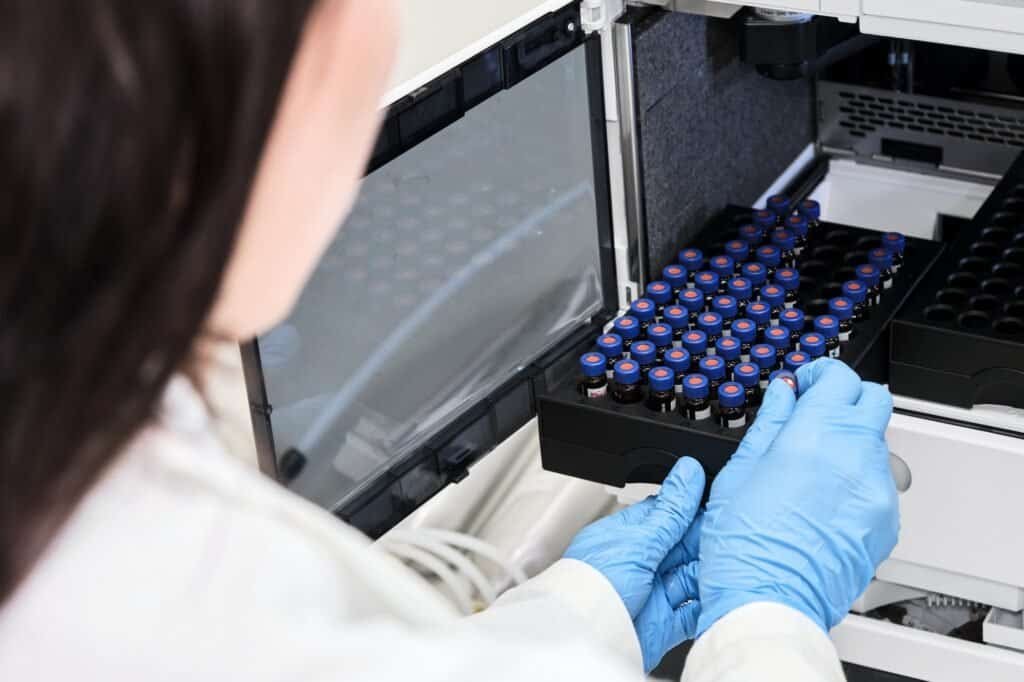
Quick Fixes for Leaky or Cracked Vials
If your vials have developed cracks or are leaking, there are temporary fixes you can implement to minimize the impact. However, these solutions should not be seen as long-term replacements for properly replacing damaged vials.
- Seal Replacement
Often, leaks can be fixed by replacing the vial cap or sealing liner. If the seal has worn out, replacing it with a new one may restore the vial’s integrity. When replacing seals, ensure that you’re using compatible liners or septa that fit snugly and securely. - Applying Parafilm
For emergency repairs, applying parafilm around the cap and vial can help seal leaks temporarily. While this can help maintain sample containment, it’s not a permanent solution and should only be used in urgent situations. - Re-Crimping or Retightening Caps
If a cap becomes loose, it can lead to leaks or air exposure. In these cases, simply re-crimping the cap or retightening it gently can restore the vial’s integrity. However, be cautious not to overtighten, as this could damage the vial or seal. - Replacing Cracked Vials
In cases where vials are visibly cracked, it is best to replace them immediately. Cracks are typically irreversible and will only worsen over time, leading to contamination or sample loss. - Check for Seal Misalignment
Sometimes, the issue may simply be an improperly aligned cap or seal. Ensure that caps and seals are properly aligned to avoid leakage and contamination.
Have you had to apply any of these quick fixes before? Which ones have worked best for you in urgent situations?
Preventative Measures to Avoid Vial Failures
As always, prevention is better than cure. By following proper storage, handling, and maintenance guidelines, you can significantly reduce the likelihood of vial failure:
- Proper Handling and Storage
Always handle vials gently and wear gloves to avoid transferring oils or dirt. Store vials in protected containers or vial racks to prevent accidental drops or exposure to contaminants. Avoid storing vials in direct sunlight or high humidity to preserve vial integrity. - Check Vials Regularly
It’s a good idea to inspect vials on a regular basis for visible signs of damage, contamination, or cracks. Implementing a system of regular checks allows you to identify issues early before they impact your analysis. - Use the Right Vial for the Job
Choose appropriate vials for the type of sample and chemicals you are working with. For aggressive solvents, glass vials are often a better option than plastic. For high-volume applications, select vials with thicker walls to minimize the risk of breakage. - Follow Manufacturer’s Guidelines
Always follow the manufacturer’s recommendations for handling, cleaning, and storage. This ensures you’re using the vials correctly and prevents premature wear or failure. - Label Vials Properly
Proper labeling and organization can help avoid mix-ups that lead to contamination or repeated use of a damaged vial. Keeping a log of when vials are used and when they need to be replaced can also help manage their lifespan.
What steps do you take in your lab to prevent vial failures? Do you have any tips for minimizing risks based on your experience?
Case Study: How a Lab Solved Vial Failure Issues
One research lab specializing in pharmaceutical analysis faced frequent vial failures due to contamination and leaks. The lab had been using glass vials but noticed that several samples were getting contaminated after the cleaning process, which led to inconsistent results. The team investigated their cleaning and handling protocols and found that their vials were often exposed to harsh solvents, leading to cracks and leaks.
To fix the issue, the team decided to:
- Switch to more durable glass vials with improved chemical resistance.
- Implement a vial inspection routine to check for cracks and chips before every analysis.
- Change to gentler cleaning agents to reduce the risk of vial degradation.
After implementing these changes, the lab saw a significant decrease in vial-related issues and improved data consistency. This case highlights how even small changes in vial management can greatly improve the reliability of your results.
Have you encountered similar issues in your lab? What strategies did you implement to solve vial-related failures?
Conclusion
Vial failures can cause serious disruptions in the analytical process, but recognizing the signs early and understanding the causes can prevent costly delays and inaccurate results. By taking the time to properly handle, inspect, and store vials, you can minimize the risk of failure and ensure that your HPLC analyses remain consistent and reliable. Remember to replace vials when necessary, and invest in preventative measures to protect your lab’s workflow and data integrity.
Mastelf, with over 13 years of experience in chromatography vials since established in 2011, we can help you find the exact vials you need for your applications.

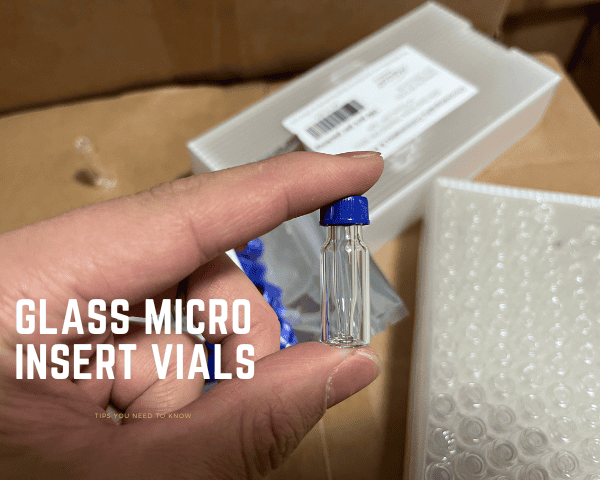
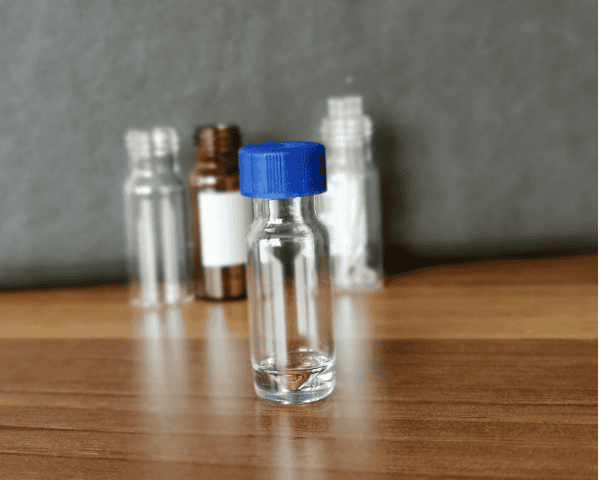
Our expertise ensures that you get reliable and precise products tailored to your specific requirements. Whether you’re in pharmaceuticals, research, or any other industry relying on HPLC, we understand your needs and are here to support you in making the right purchase.
Reach out to Mastelf, and let us assist you in procuring the perfect vials for your work
FAQ
- What are the common causes of vial leaks in HPLC?
Leaks can occur due to poor seals, cracks, or improper cap alignment. Always check the integrity of the seals and caps before every analysis. - Can I fix a cracked vial?
While you can try to seal small cracks temporarily, it’s usually best to replace cracked vials to avoid contamination or further damage. - How do I prevent contamination in my HPLC vials?
Regular cleaning, proper sealing, and using compatible vial materials can help prevent contamination. - When should I replace my HPLC vials?
Replace vials when they show signs of cracks, chips, or degradation, especially if they no longer form a proper seal. - What type of vial material should I use for volatile samples?
Glass vials are typically preferred for volatile compounds, as they provide better resistance to solvent degradation than plastic vials.



